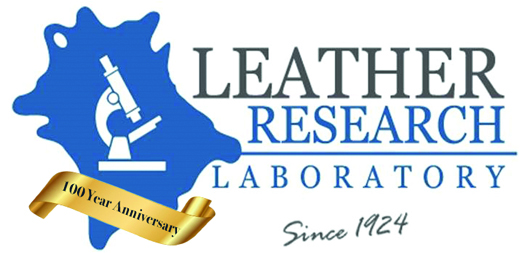FORMALDEHYDE
TOXICOLOGY
The current Report on Carcinogens (RoC), published by the U.S. National Toxicology Program (NTP), classifies formaldehyde gas as a "Reasonably Anticipated Human Carcinogen”.
TEST METHOD
We use the internationally recognized ISO test method to measure the concentration of formaldehyde in leather, and have participated successfully in a recent international inter-laboratory method validation trial organized by the IULTCS (International Union of Leather Technologists and Chemists Societies). In this method, the formaldehyde is extracted from the sample, reacted with 2,4-dinitrophenylhydrazine (2,4-DNPH), and then quantified using high performance liquid chromatography (HPLC).
Alternatively, aldehydes emitted from leather in the gaseous form are first captured using special collection tubes, and then analyzed according to the procedures specified by TOYOTA, NISSAN and HONDA.
SOURCES IN LEATHER
Formaldehyde is found in most leather at various concentrations due to its use in the synthesis of retaining agents and process chemical preservatives. Formaldehyde is used by chemical manufacturers to polymerize the synthetic retaining agents (“syntans”) that tanners require to impart the performance and aesthetic properties demanded of modern high performance leather (“feel”, water-resistance, etc.):
- Phenol sulfone and naphthalene based resins often contain some residual free formaldehyde that can vary in concentration and possibly cause adverse skin reactions.
- Formaldehyde can be released from urea melamine dicyandiamide retaining resins through cleavage of the unstable methylene bridges and N-methylol groups.
- Formaldehyde or formaldehyde-release agents are blended into various leather process formulations to preserve them.
LIMITS
The U.S. has not implemented a regulatory ban or limit on the presence of formaldehyde in leather, but some other countries and most retailers – particularly the brand names – have implemented their own specifications that can range from as high as 300 ppm to as low as 10 ppm.
Leather manufacturers should determine what limit is being placed on the leather, either by the product manufacturer or by the retailer, and then allows us to test their leather on a regular basis to establish compliance.
As with all test specifications, some of the responsibility of ensuring compliance lies higher up in the supply chain. Leather product buyers should check that the tanner has a working compliance program by regularly submitting test samples to us on an independent basis.
OTHER ALDEHYDES
In addition to formaldehyde, leather often also contains acetaldehyde, the concentration of which is limited by the automotive manufacturers and some eco-labels. Acetaldehyde is almost ubiquitous in the environment, and may be present in leather due to the use of natural fat liquoring oils and/or vegetable extracts for retaining.
A third aldehyde, glutaraldehyde, can impart perspiration resistance and wash ability when used as a retaining agent. The above test method has been found to be equally valid for these additional aldehydes.




